The Check Engine Light Came On But You’ve Got a Long Way to Go — Here’s What Drivers Should Do Right Away
It’s always unsettling when that “Check Engine” warning suddenly lights up on your dashboard while driving. The message literally means “engine error,” but it’s not always as bad as it looks.
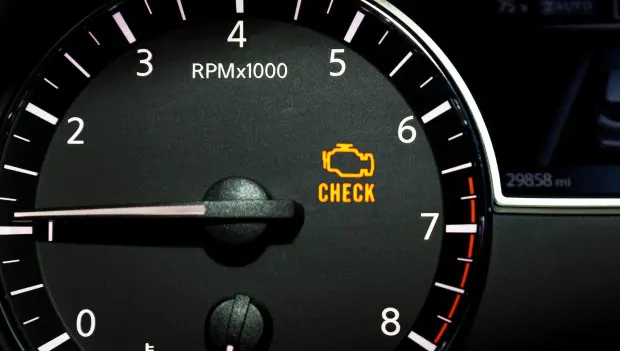
It’s always unsettling when that “Check Engine” warning suddenly lights up on your dashboard while driving. The message literally means “engine error,” but you don’t need to panic right away — it doesn’t always indicate a serious engine issue. In many cases, nothing major has happened to the engine itself, especially if you don’t hear any strange noises.
If possible, it’s best to pull over and pop the hood. There’s no need to turn off the engine just yet. Listen and look carefully. If everything sounds and looks normal, you can keep driving — just take a few precautions.
Keep in mind that the Check Engine light can come on for a variety of reasons: issues with the emissions system, fuel system, or even the engine control unit. It may also appear if the alternator isn’t charging the battery properly, or if there’s a transmission issue — such as a fluid leak from the automatic gearbox.
On newer cars with relatively low mileage, the most common cause is bad fuel. Always use the recommended gasoline grade and stick to reputable gas stations. If the light came on shortly after filling up, try topping off with premium fuel at the next station — unless you’ve already filled the tank completely. In that case, just wait until about four gallons are used up, then refill with premium.
For new vehicles still under warranty, there’s a catch: if driving with the Check Engine light on leads to a serious breakdown, the dealer might refuse warranty repairs. According to most service agreements, you’re advised to stop driving immediately and contact your dealer. They’re supposed to send a tow truck to pick up the vehicle.
Of course, over the phone, the dealer might tell you it’s fine to keep driving and bring the car in later. But remember — that conversation won’t count for much if things go wrong. If the dealer finds that you drove a significant distance after the light appeared, they may deny warranty coverage.
In many cars with over 60,000 miles, this warning often comes from a failing catalytic converter or oxygen sensor. These issues typically don’t affect engine performance and can often be fixed by simply replacing the O₂ sensor.
You can also try disconnecting the battery for a few minutes. This sometimes resets the engine control module and clears temporary error codes, causing the light to turn off after restart. But be cautious — on some vehicles, disconnecting the power supply can cause other issues or reset important system settings.
If none of these steps help, continue driving carefully.
Avoid speeds over 55 mph and don’t push the engine too hard. Drive to the nearest service station and ask for a quick diagnostic check. You don’t necessarily need to repair the issue right away, but you’ll at least know what’s going on. If it turns out the problem is bad fuel, the shop can drain part (or all) of the tank and refill it with fresh gas from a trusted station.
It’s also a good idea to have the alternator checked. Sometimes a weak charge causes the battery to drain slowly — eventually leading to engine stall, even if the battery warning light never came on.
In summary: if the “Check Engine” light appears while you’re on the road, don’t panic. Stop safely and listen to your engine. Then visit a nearby service center to identify the cause.
If the engine sounds fine, you can keep driving — just avoid heavy loads or high speeds.
Like, comment, and subscribe to Auto30.com!
You may also be interested in the news:

If Zodiac Signs Were Cars: The All-Wheel-Drive Horoscope That’ll Take You Places
Or: Why This Horoscope Smells Like Gasoline, Personality, and a Little Bit of Therapy
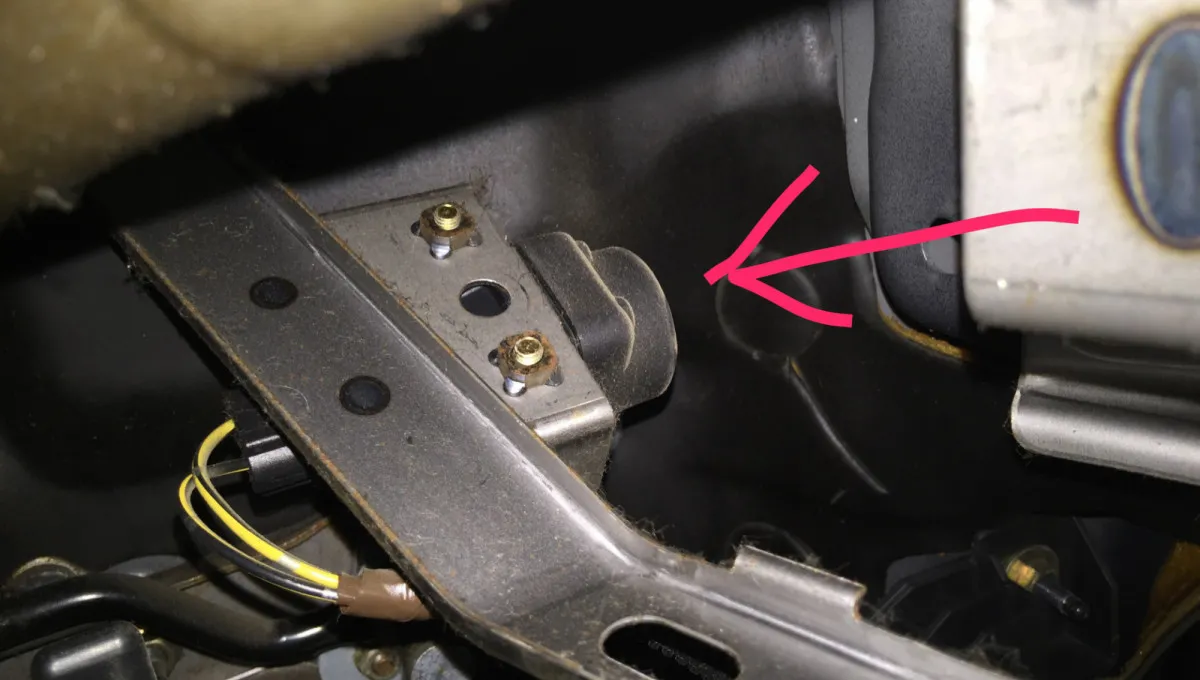
Mystery Button Hidden Under Most Car Dashboards — And Why So Many Drivers Don’t Know It Exists
Modern cars are packed with features and buttons whose purpose can be surprisingly hard to guess.
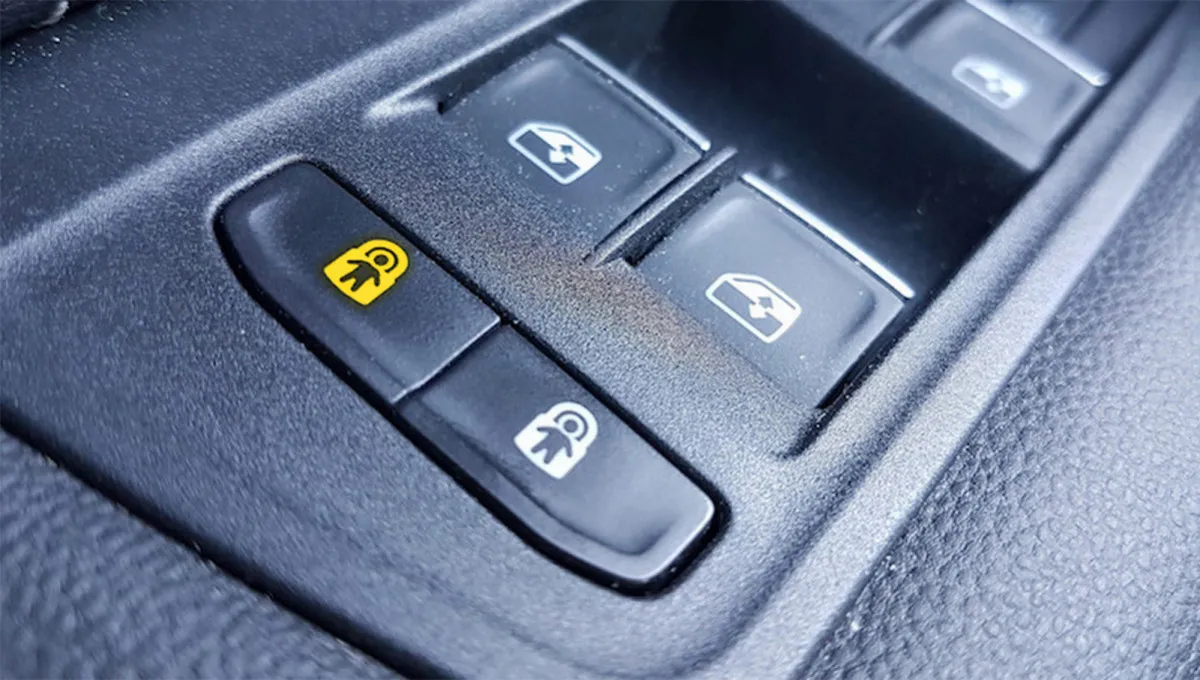
Astronaut Button: What This Mysterious Car Feature Actually Does
Some functions in a modern car make sense only after digging into the owner’s manual — and this little button is a perfect example.
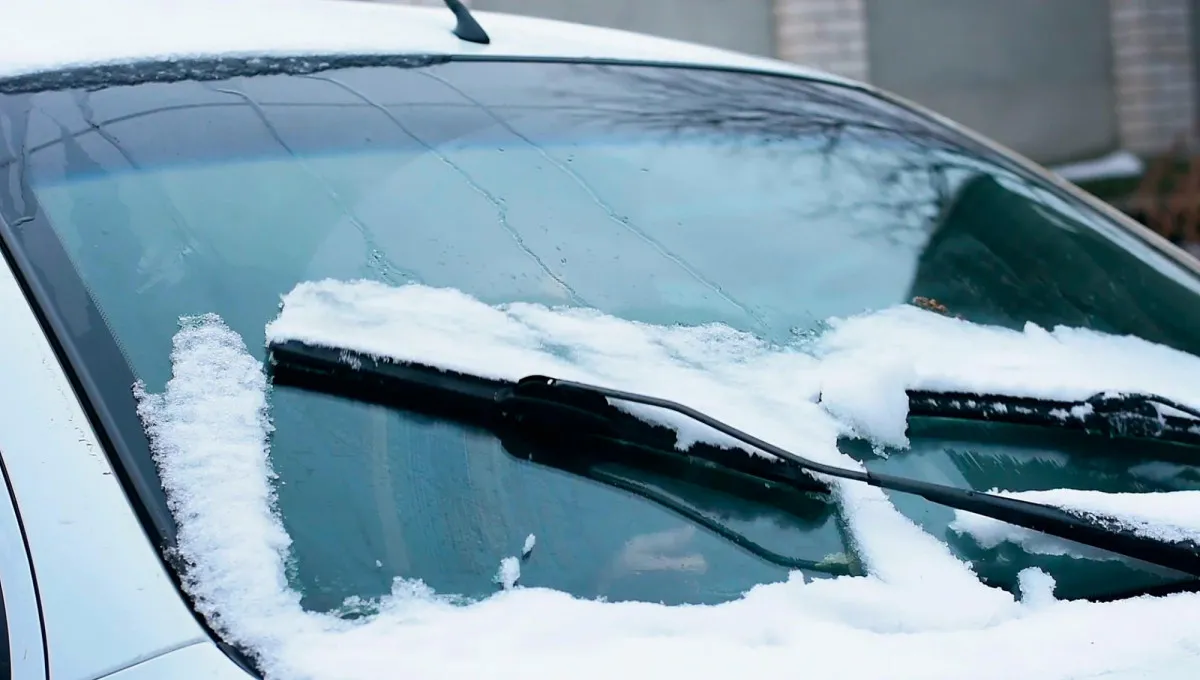
How to Activate Your Wipers’ “Winter Mode” — and Why It Exists
Many drivers can’t help wondering: is this a bug or a feature?
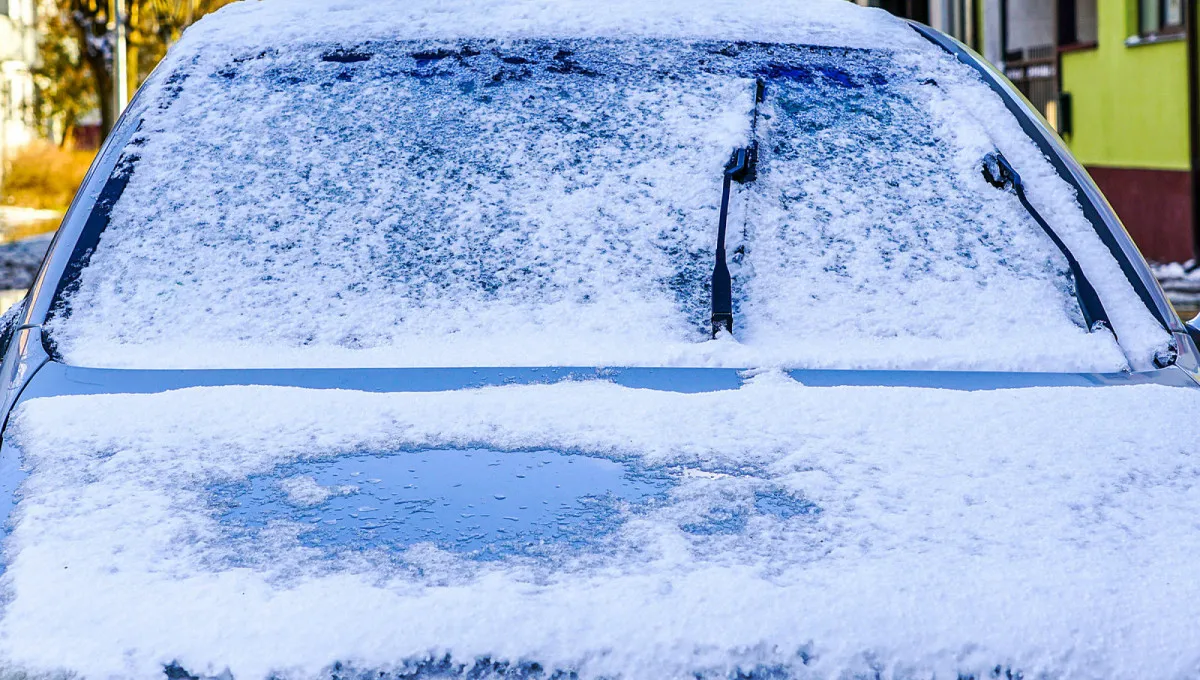
How to Protect Your Windshield from Ice: Helpful Tips and Personal Experience
How can you make sure your car’s windshield doesn’t turn into a sheet of ice overnight?